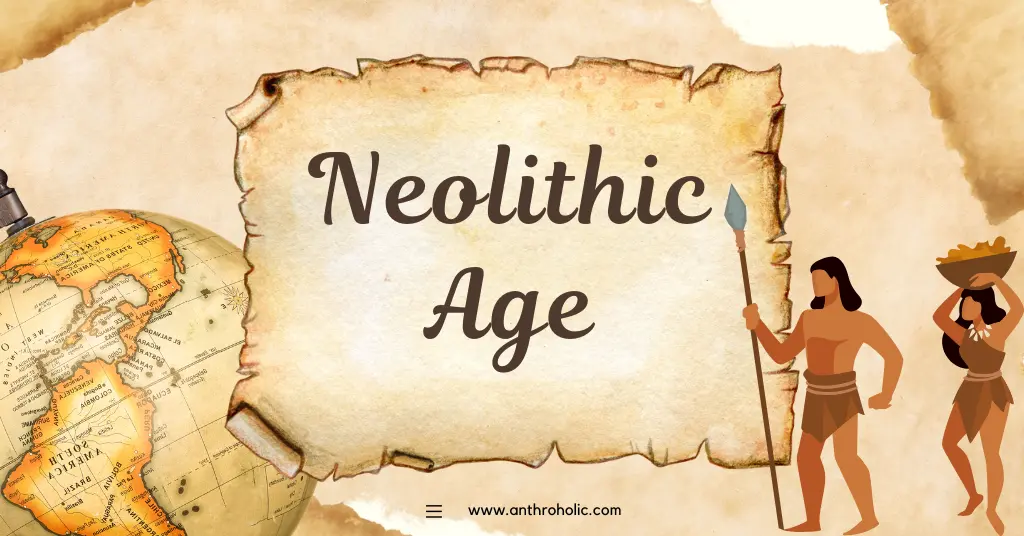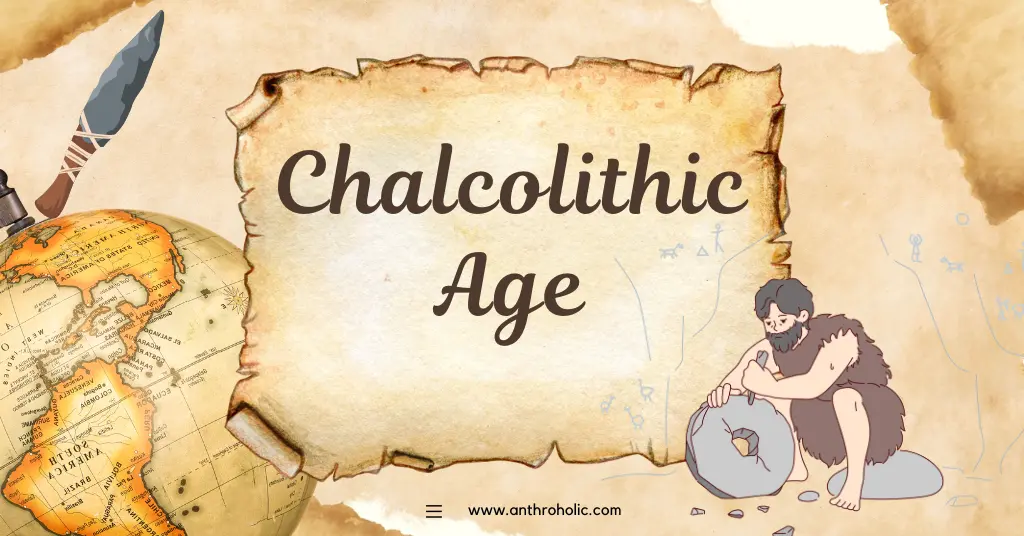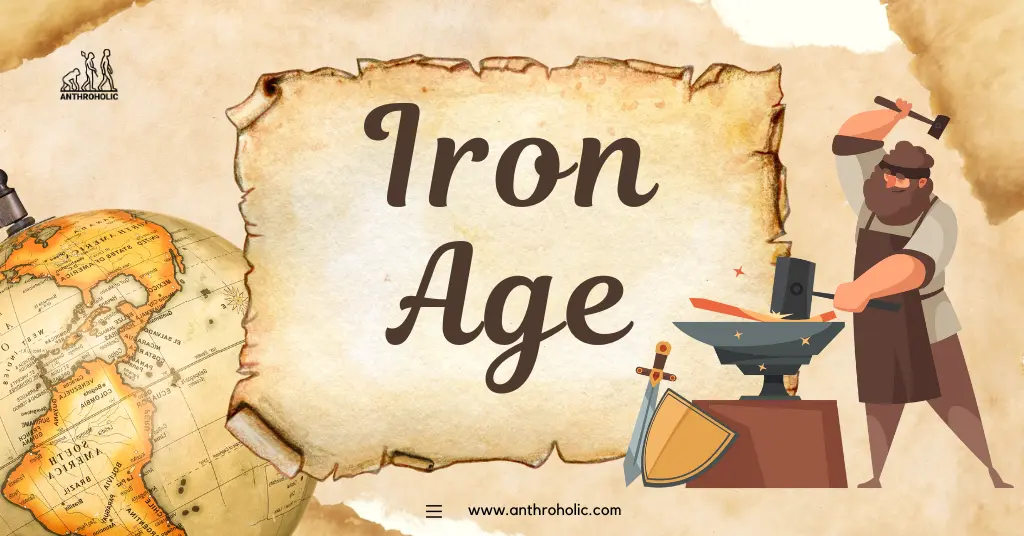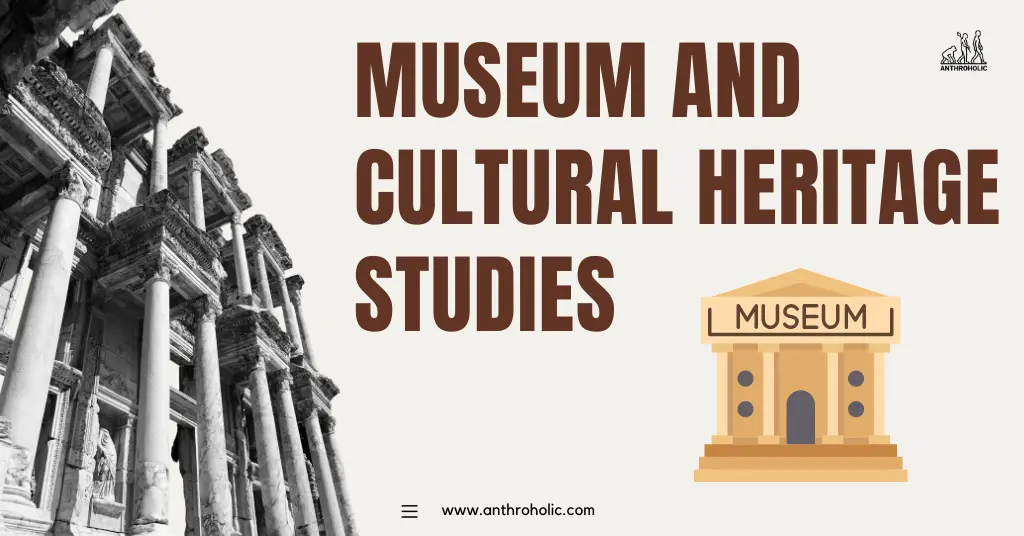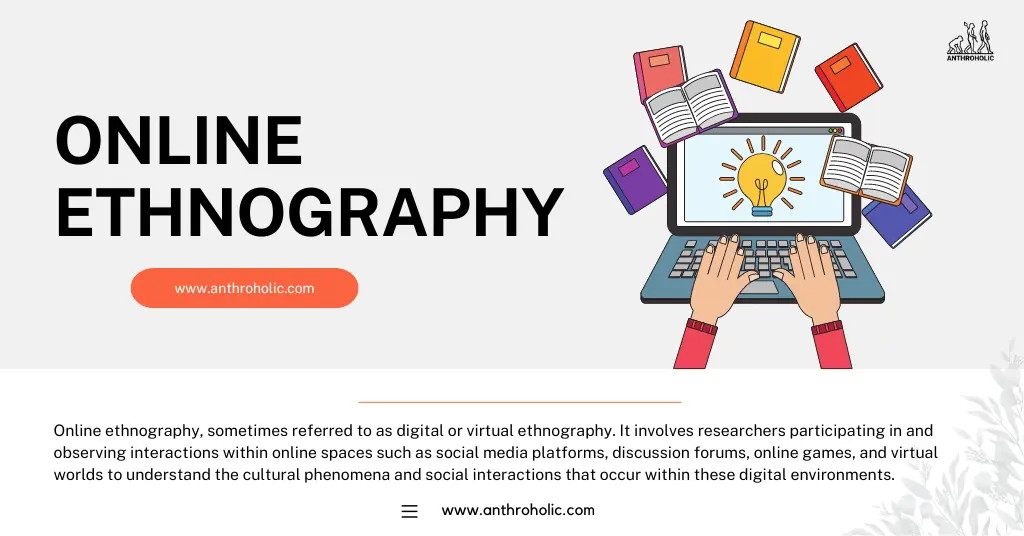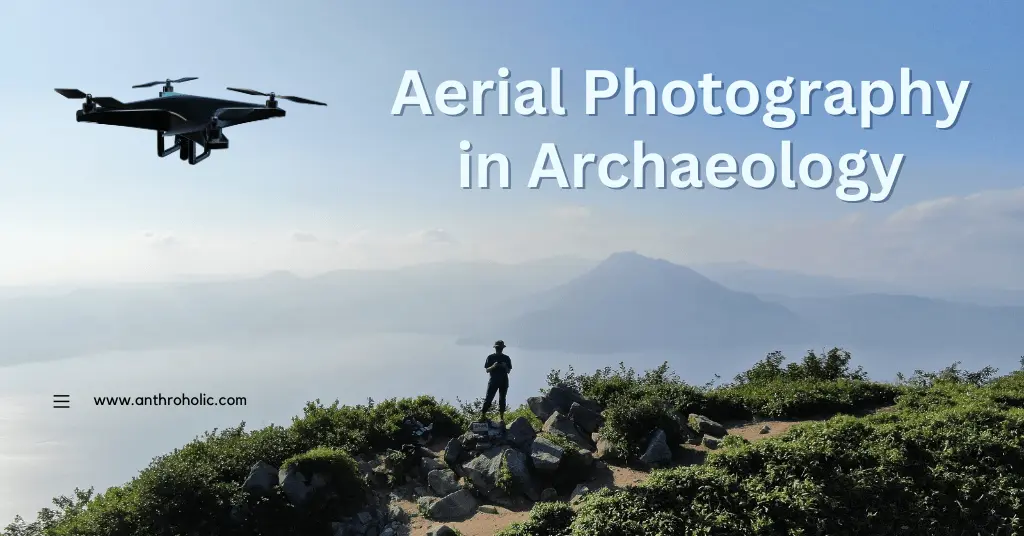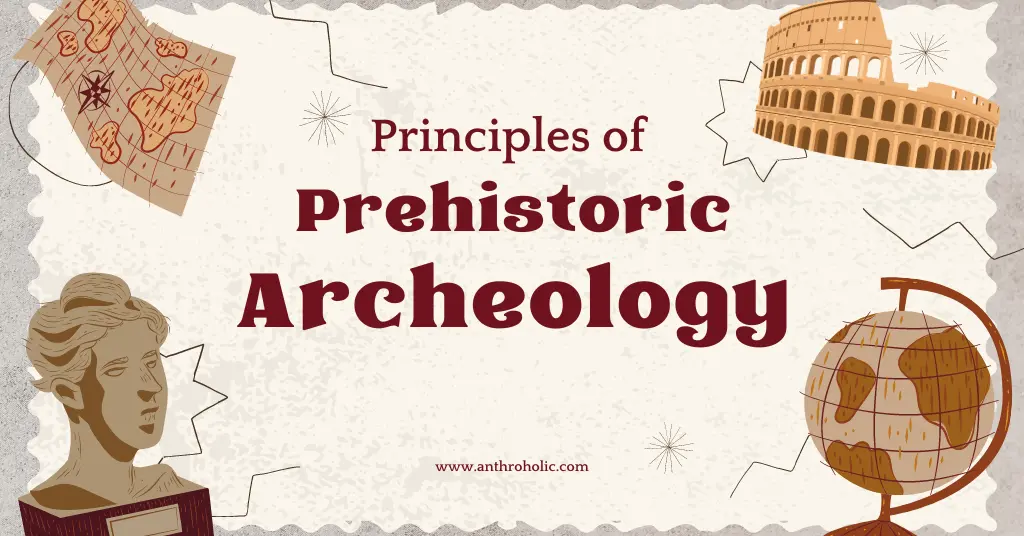AI Answer Evaluation Platform Live Now. Try Free Answer Evaluation Now

Paleolithic Age
The Paleolithic Age, also known as the Stone Age, is characterized as the period of human history that began roughly 2.6 million years ago and ended around 10,000 BCE.

